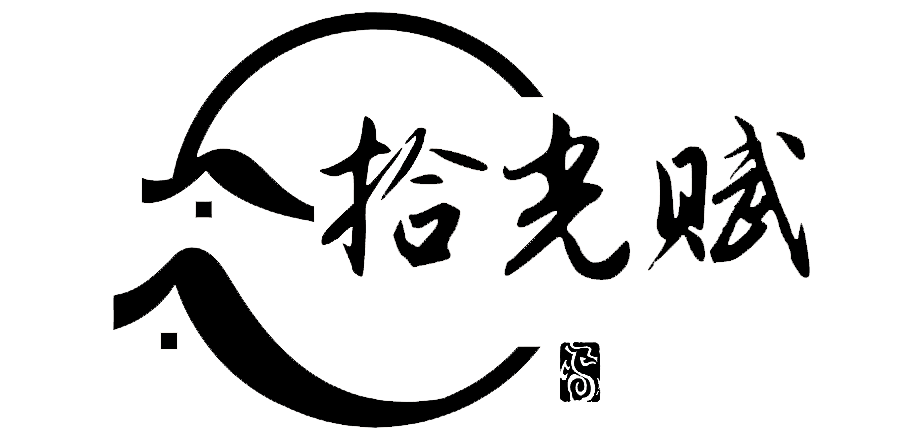Introduction
When working with Python, two of the most commonly used data structures are Lists and Tuples. While they may appear similar at first glance, there are key differences between them that are important to understand to write efficient and effective Python code.
What are Lists and Tuples?
- List: A list is a mutable, ordered sequence of elements. Lists are defined using square brackets
[]and can store heterogeneous items (i.e., items of different data types). For example:
<span>my_list</span> <span>=</span> <span>[</span><span>1</span><span>,</span> <span>'</span><span>apple</span><span>'</span><span>,</span> <span>3.14</span><span>]</span><span>my_list</span> <span>=</span> <span>[</span><span>1</span><span>,</span> <span>'</span><span>apple</span><span>'</span><span>,</span> <span>3.14</span><span>]</span>my_list = [1, 'apple', 3.14]
Enter fullscreen mode Exit fullscreen mode
- Tuple: A tuple is an immutable, ordered sequence of elements. Tuples are defined using parentheses
()and can also store heterogeneous items. For example:
<span>my_tuple</span> <span>=</span> <span>(</span><span>1</span><span>,</span> <span>'</span><span>banana</span><span>'</span><span>,</span> <span>2.718</span><span>)</span><span>my_tuple</span> <span>=</span> <span>(</span><span>1</span><span>,</span> <span>'</span><span>banana</span><span>'</span><span>,</span> <span>2.718</span><span>)</span>my_tuple = (1, 'banana', 2.718)
Enter fullscreen mode Exit fullscreen mode
Key Differences Between Lists and Tuples
| Feature | List | Tuple |
|---|---|---|
| Mutability | Mutable (Can be modified after creation) | Immutable (Cannot be modified after creation) |
| Syntax | Defined using square brackets: [] |
Defined using parentheses: () |
| Methods | Has various built-in methods like append(), remove(), pop(), etc. |
Has limited built-in methods like count(), index() |
| Performance | Slower than tuples because of extra functionality (mutable operations). | Faster than lists because of immutability. |
| Use Case | Suitable for collections of items that may change. | Suitable for read-only or fixed collections of items. |
| Memory Usage | Takes more memory due to its dynamic nature. | Takes less memory, making it more memory-efficient. |
| Iteration | Slightly slower iteration due to dynamic nature. | Faster iteration because of immutability. |
| Copying | Supports shallow and deep copying. | Requires creating a new tuple for copying. |
| Hashability | Not hashable, so cannot be used as keys in dictionaries. | Hashable if it contains only hashable elements, allowing use as dictionary keys. |
| Modification | Items can be added, removed, or modified. | Cannot be modified; only supports operations like concatenation or repetition. |
Code Examples
Working with Lists
<span># Creating a list </span><span>my_list</span> <span>=</span> <span>[</span><span>1</span><span>,</span> <span>2</span><span>,</span> <span>3</span><span>]</span><span># Modifying a list </span><span>my_list</span><span>.</span><span>append</span><span>(</span><span>4</span><span>)</span><span>print</span><span>(</span><span>my_list</span><span>)</span> <span># Output: [1, 2, 3, 4] </span><span># Creating a list </span><span>my_list</span> <span>=</span> <span>[</span><span>1</span><span>,</span> <span>2</span><span>,</span> <span>3</span><span>]</span> <span># Modifying a list </span><span>my_list</span><span>.</span><span>append</span><span>(</span><span>4</span><span>)</span> <span>print</span><span>(</span><span>my_list</span><span>)</span> <span># Output: [1, 2, 3, 4] </span># Creating a list my_list = [1, 2, 3] # Modifying a list my_list.append(4) print(my_list) # Output: [1, 2, 3, 4]
Enter fullscreen mode Exit fullscreen mode
Working with Tuples
<span># Creating a tuple </span><span>my_tuple</span> <span>=</span> <span>(</span><span>1</span><span>,</span> <span>2</span><span>,</span> <span>3</span><span>)</span><span># Trying to modify a tuple (This will raise an error) </span><span>my_tuple</span><span>.</span><span>append</span><span>(</span><span>4</span><span>)</span> <span># AttributeError: 'tuple' object has no attribute 'append' </span><span>print</span><span>(</span><span>my_tuple</span><span>)</span> <span># Output: (1, 2, 3) </span><span># Creating a tuple </span><span>my_tuple</span> <span>=</span> <span>(</span><span>1</span><span>,</span> <span>2</span><span>,</span> <span>3</span><span>)</span> <span># Trying to modify a tuple (This will raise an error) </span><span>my_tuple</span><span>.</span><span>append</span><span>(</span><span>4</span><span>)</span> <span># AttributeError: 'tuple' object has no attribute 'append' </span> <span>print</span><span>(</span><span>my_tuple</span><span>)</span> <span># Output: (1, 2, 3) </span># Creating a tuple my_tuple = (1, 2, 3) # Trying to modify a tuple (This will raise an error) my_tuple.append(4) # AttributeError: 'tuple' object has no attribute 'append' print(my_tuple) # Output: (1, 2, 3)
Enter fullscreen mode Exit fullscreen mode
When to Use Lists vs. Tuples
Use a List when:
- You need to modify, add, or remove items.
- You require built-in list methods for sorting, reversing, or other operations.
- You are working with a collection of items that may change over time.
Use a Tuple when:
- The data should not be modified after creation (read-only data).
- Memory efficiency and performance are priorities.
- You need to use the data as dictionary keys or elements of a set (assuming all elements are hashable).
Conclusion
Understanding the differences between Lists and Tuples in Python is crucial for choosing the appropriate data structure for your use case. While lists offer flexibility with their mutability, tuples provide performance benefits and data protection through immutability. By leveraging these differences, you can write cleaner, faster, and more efficient Python code.









暂无评论内容